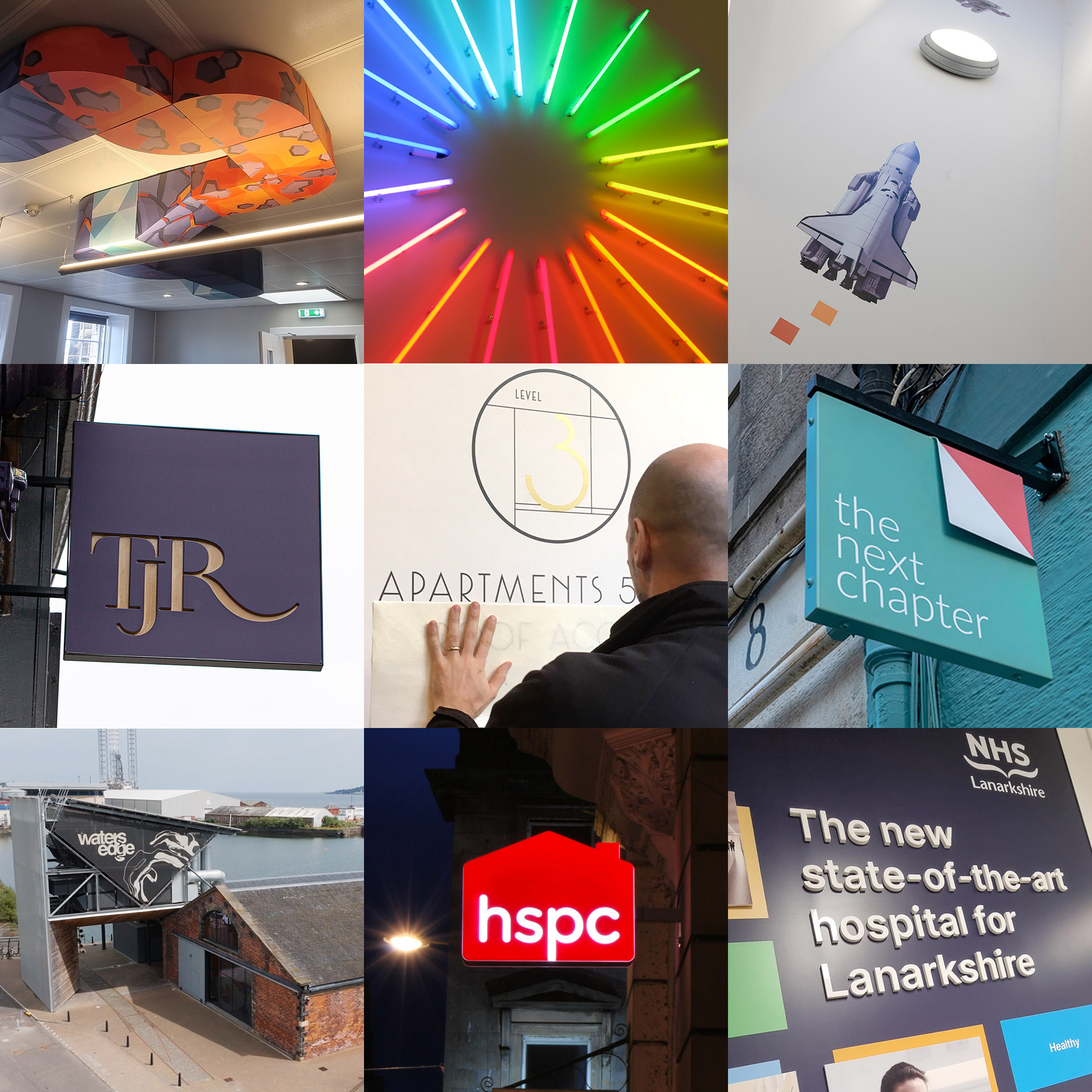
Rules give us comfort. They keep things tidy, predictable, manageable. In branding, rules show up as guidelines: use this font, avoid those colours, never say this, always say that. And for the most part, rules are useful. They stop chaos.
But here’s the issue: brands that play it too safe rarely stand out. Safe brands are tidy, forgettable, and interchangeable. If you want your audience to notice you, you sometimes have to break the rules. Not recklessly, not for shock value, but with purpose.
Elastic Creative have built a reputation on exactly this. We call it elastic thinking – knowing when to stretch beyond the expected, when to bend convention, and when to snap a rule in half. Their client work, from infrastructure advisors to gaming giants, shows how rule-breaking, done right, doesn’t destroy a brand. It makes it.
Why rules can hold you back
Most categories settle into conventions. Banks use blue. Tech firms use flat sans-serif fonts. Law firms often keep their names in traditional serif type. These conventions become rules, often unspoken, that everyone follows.
But conventions are traps. When everyone looks and sounds the same, customers stop noticing. That’s how ‘bland’ happens: a parade of safe logos and polite messages no one remembers.
Breaking the rules isn’t about rebellion for rebellion’s sake. It’s about recognising when the rules no longer serve you. That’s when bold branding can cut through.
Vercity: Breaking the naming rule
Take Elastic’s rebrand of Vercity. The company used to be called HCP, an acronym that over time lost its meaning in the infrastructure space.
Elastic worked with the business inside-out, running workshops, listening to staff, and understanding what made them unique. The outcome wasn’t just a new logo. It was a new name entirely – Vercity. Short, memorable, dynamic. A name that stood out in a sea of acronyms and conservative titles.
Don’t confuse, don’t risk – is one of branding’s biggest rules. But Elastic broke the rules strategically, and the result gave Vercity a brand that energised employees and made clients pay attention. That’s rule-breaking done with purpose.
Keppie Design: Respecting tradition while rewriting the book
Then there’s Keppie Design, a 170-year-old architecture practice. Rule number one for heritage brands? Don’t mess with history and play up tradition.
Elastic saw an opportunity to honour the past while energising the present. Their refresh gave Keppie a modern, bold look which is energetic, vibrant, confident – without erasing its heritage. They broke the rule that says old firms must look traditional, and in doing so, they kept Keppie relevant in a contemporary marketplace.
Here, rule-breaking was subtle: a palette shift, a sharper tone, a more dynamic brand personality. But the effect was profound. Keppie went from being perceived as “traditional” to “modern but rooted.” That’s the sweet spot.
Reforj: Breaking visual expectations in gaming
Gaming brands are often ruled by clichés – futuristic fonts, neon gradients, and sci-fi vibes. Elastic ripped up that playbook for Reforj. Instead of chasing trends, they created a bespoke voxel-inspired logotype, a vibrant colour palette, and a dynamic mark that embodied the world of the game.
It was rule-breaking that made sense. By leaning into the block-based nature of the game, the brand stood out from typical gaming identities while still feeling authentic to its story.
Reforj didn’t just announce itself, it belonged to its world. And because of that, it stood apart from competitors.
Breaking rules doesn’t mean chaos
Some brands worry that breaking rules will make them look inconsistent or unprofessional. That fear is what keeps them trapped in bland conformity.
But Elastic’s projects show that when rule-breaking is anchored in strategy, it strengthens the brand. We didn’t rename HCP on a whim; we built Vercity from research and staff buy-in. We didn’t flatten Keppie’s heritage; we modernised it respectfully. We didn’t throw out gaming design tropes for Reforj just to be quirky; we created a visual language rooted in the game’s DNA.
Rule-breaking without thought is chaos. Rule-breaking with clarity is standout branding.
Small breaks, big impact
You don’t always need to tear everything up. Sometimes a small break makes the biggest difference.
For Futurity Finance, Elastic challenged the way financial brands talk about money. Instead of the usual jargon and seriousness, they created a more approachable, human brand. It wasn’t a radical departure, but a thoughtful bend of the rules. Yet it gave Futurity an identity that felt fresh in a field dominated by sameness.
That’s often how standout brands are born. Not from total rebellion, but from finding one or two rules worth breaking and doing it with conviction.
Lessons for UK brands
British brands have always had a rebellious streak. From punk’s DIY aesthetic to Innocent’s playful tone on juice bottles, the best of UK branding has never been afraid to bend the rules.
Today, many brands feel stuck and afraid of backlash, afraid of standing out, afraid of breaking anything. Elastic’s work is a reminder that the boldest moves are often the smartest.
If you’re in a crowded category, rule-following won’t save you. It will bury you. The way out isn’t recklessness but purposeful disruption.
Final thought
Elastic Creative prove that breaking rules doesn’t destroy a brand, it revives it. Vercity’s bold renaming, Keppie’s modern refresh, Reforj’s imaginative identity, all show that you can shine when you stretch beyond convention.
So here’s the question: which rule is holding your brand back? And what would happen if you dared to break it?




